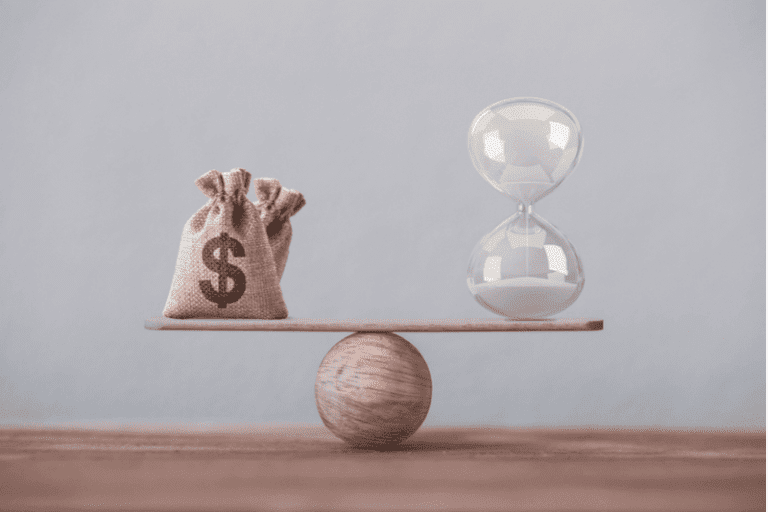If there’s one thing that all experienced and successful real estate investors have in common, it’s a propensity for planning. In order to consistently turn profits on real estate investments, it’s important for investors to know exactly what they’re getting into with each project before determining whether purchasing the property will be worth their time and money in the first place. This is especially true of investors who intend to buy and hold real estate investments for years, or even decades.
So, what are the keys to being successful in buy and hold real estate investing? Let’s dig into it.
Look at the Long Term Prospects for Buying & Holding Real Estate in Your Market
This is true for any type of project project, but familiarity with the local real estate market that you’re investing in is not optional. Just like it’s important to understand comparable properties in your local market when flipping houses, it’s important to understand how comparable property values are fluctuating when you intend to buy and hold rental properties for the long run. In an ideal situation, you’ll be able to purchase a property at a heavily discounted price compared to where it may be valued in the next 5, 10, or 20+ years.
Look out for areas that are undergoing a lot of commercial development, particularly those located near established metropolitan areas. Developing communities can be a great place to get in on the ground level and make the most of your investments.
Understand Every Detail of Your Investment Property
What condition is your property in, and what repairs is it going to need in coming years? Acquiring a newly renovated property with a long-term investment loan isn’t a bad idea. But if you’re seeing signs that the building may benefit from some immediate upgrades, it may make sense to purchase the property with a short-term bridge loan to help complete repairs first. Investors who go this route can refinance out of the original bridge loan, usually within about 6 months. During the process, especially in hot markets, the value of the property may increase quite a bit with a moderate amount of rehab.
Of course, it won’t just be important to inspect the property ahead of your purchase – you’ll want to keep close tabs on maintenance over time as well. The easiest way to avoid surprise costs is to be proactive about routine repairs and monitoring HVAC and plumbing systems.
Take Advantage of Market Conditions
Going back to the very beginning, real estate investors need to be master planners. When you purchase a property, you should always have a general idea of what your exit strategy is going to be, whether you plan to flip a property within 6-9 months, or hold it for an indeterminate period of time. You should at least consider the market conditions under which you’d want to sell or refinance any given property, and take advantage of those conditions as they come. While it’s impossible to predict exactly when peaks and valleys will occur in the real estate market, monitoring trends will let you know when you’re approaching highs and lows which should help you make wise decisions to maximize your returns.
Work With a Lender You Can Trust
If you’re going to be holding long-term real estate investments, it’s important to work with a lender you can trust. The best lenders will have your best interests in mind, and will let you know when it’s advantageous to refinance your current loan or avoid paying premiums on new acquisitions in volatile markets. At Pimlico Capital, we believe in the power of long-lasting, mutually beneficial relationships, and strive to provide industry-leading service to our partners through every aspect of the lending process. Plus, we offer competitive rates, fast closing times, and clear lines of communication throughout.
Give us a call at 410-855-4600 or head to our online rate calculator to get an instant quote today!


